17 effective methods and precautions to minimize the scratches on aluminum profile
17 effective methods and precautions to minimize the scratches on aluminum profile
Abstract: Based on many years of experience in the aluminum extrusion industry, this article introduces the main reasons for the scratches of aluminum profiles during the extrusion process.
Some more practical control methods and suggestions are offered for reference, hoping to be helpful to the management department and operators in the same industry.
Key words: aluminum profile; extrusion; scratches; mold; sawing; straightening; framing
With the increasingly fierce competition in the aluminum profile market, major manufacturers are now trying to improve their product quality and service.
Aluminum extrusion process is the most critical production process for aluminum profile production enterprises,
How to effectively improve the surface quality of aluminum profiles, reduce the scraps and increase the yield rate is not only of great significance to the company’s brand image and market promotion,
But also to reduce the production cost of the company, improving the competitiveness of enterprises can also play a very good role in promoting.
Scratches are the most common type of quality defect in the extrusion process.
How to effectively control and reduce the occurrence of such quality defects plays a very important role in improving the overall yield of the extrusion process.
The main reasons for extrusion scratches
Extruded profiles may be scratched in many operations, but they are mainly related to molds, equipment and human operation.
First of all, during the long-term use and maintenance of the mold, certain knife marks and scratches will inevitably occur on the surface of the mold.
The aluminum billet is extruded under high temperature conditions, if the flow rate is too fast or the production process setting is unreasonable, the surface of the aluminum profile will become very rough or even scratched.
If there are impurities in the mold cavity and the billet itself, it may also cause scratches on the aluminum profile during the normal extrusion process.
After the aluminum profile is discharged, there will often be collisions and contacts between aluminum profiles, the cooling bed and the roller.
If the collision is too severe or there are protruding sharp objects on the cooling bed and the roller, there will be collisions and contacts at that time, causing scratches on the surface of aluminum profile.
17 effective methods and precautions to minimize the scratches on aluminum profile
1. In order to effectively improve the hardness, wear resistance and scratch resistance of the extrusion die,
In addition to nitriding the new die according to the nitriding process before the die test, usually in the normal extrusion process, after a certain amount of aluminum profiles produced, the mold should also be taken for nitriding treatment in time;
2. Usually in the process of mold maintenance and polishing, we must pay attention to careful operation, and never use too much force.
After the mold is repaired, the dust on the surface of mold must be cleaned and blown clean.
The mold that is ready for the production on extrusion machine, the surface of the working belt of mold must be clean.
Make sure it is smooth and free of foreign objects;
3. The aluminum billets used for the extrusion must strictly control the product quality, and there must be no slag or talcum powder;
4. Be sure to carefully check and measure the billet temperature, mold temperature, and container temperature before using the machine.
Only after the three temperatures reach the standard, can the production be arranged on the extrusion machine.
The flow rate must be reasonably controlled when the extrusion machine is in production;
5. When shifts are handed over, the machine operator should have an all-round inspection of the feeding out the roller and the conveyor belt, and at the same time check whether the screws of the conveyor belt are exposed;
6. For aluminum profiles conveyed from the runout table to the stacking bed, try to make the decorative side face up and the non-decorative side face down, and a sufficient gap must be kept between aluminum profiles;
7. Aluminum profiles on the stacking bed must not be stacked too much, and attention must be paid to arrange straightening in time.
When straightening, aluminum profiles must be moved to the middle position with the conveyor belt before straightening.
It is strictly forbidden to forcibly pull the belt to cause belt marks;
8. After straightening, aluminum profiles stacked on the cooling bed should keep an appropriate distance of aluminum profile.
When there are long and short aluminum profiles, the ends of the short materials must be wrapped with tape;
9. When sawing the finished product, the sawing speed must be strictly controlled.
It is strictly forbidden to saw the mixed aluminum profiles.
When sawing, a certain distance must be kept between aluminum profiles;
10. The aluminum chips on the finished sawing table must be cleaned every time the material is sawed, and aluminum chips should be blown every time a layer of aluminum profile is placed into the frame, and then blown again after the frame is full;
11. When loading the frame and lifting aluminum profiles, handle it with care, a proper distance must be kept between aluminum profiles.
For aluminum profile that is easily deformed, the two ends cannot be lifted directly.
Try to lift the material to a distance of 1.5 meters from both ends to load it into the frame;
12. When loading aluminum profiles into the frame, put the long and heavy aluminum profiles on the bottom, and put the short and thin wall-thickness aluminum profiles on the top.
Put the materials that are too thin wall thickness, including those that are easy to be deformed as less as possible or use square tubes on both sides to support and cushion them;
13. When loading aluminum profiles into the frame, the number of filler strips placed on each layer must be sufficient, and the upper and lower positions must be aligned.
The two ends of the filler strips cannot be exposed outside the frame.
It is forbidden to use bare or damaged filler strips;
14. When anodized aluminum profiles are framed, they should be separated by one piece, and an appropriate distance should be kept between aluminum profiles.
On the upper two layers, large aluminum profiles should be tied up and down with the rope, and small aluminum profiles should be separated by felt filler strips;
15. During the process of pushing and lifting aluminum profiles, the operator must concentrate their attention, be steady, gentle and slow, and pay attention to the surrounding people and objects at the same time, and brutal operations are strictly prohibited;
16. Before the aging, pay attention to check whether the aluminum chips on the surface of aluminum profile have been blown clean, and if it is not blown clean, the aluminum chips must be blown clean.
When entering and exiting the aging oven, it must be handled with care, and aluminum profiles frame should not shake to prevent aluminum profiles from being scratched;
17. In the process of aluminum profile transportation in the factory, the driving speed must be stable to avoid collision between aluminum profiles.
When using a truck to transfer aluminum profiles, aluminum profile frames should be tied with a safety rope, so as to effectively reduce the swing of aluminum profiles frame.
Conclusion
The problem of scratches on aluminum profiles is not only easy to occur in the extrusion process, but also in other production processes, if the workers do not pay attention to the operation and do not standardize it, it will also lead to the occurrence of the above problems, which requires our great attention.
As a qualified production manager, in the usual production process, it is necessary to focus on strengthening the training and education of workers’ quality awareness, and must strictly require every worker in the workshop to do a good job in detail operations, and at the same time strictly follow the job specifications and workmanship.
When encountering problems, we must be good at finding out the reasons and summing up experience, so as to ensure that the problems of aluminum profile scratches can be effectively controlled and reduced.
Brightstar Aluminum Machinery provides not only aluminum profile surface defects polishing and cleaning machine, aluminum profile shape corrector and aluminum profile polishing machine, but also wood grain effect sublimation machine and aluminum profile shot blasting machine for our customers.
Turnkey project and completed solution, package deal and one-stop service.
Contact us now for your aluminum project solution!

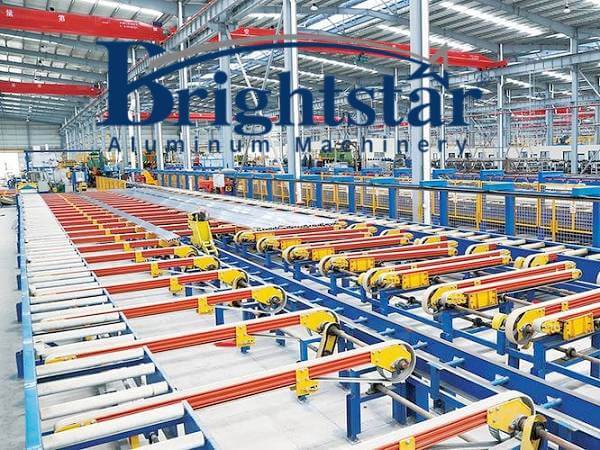
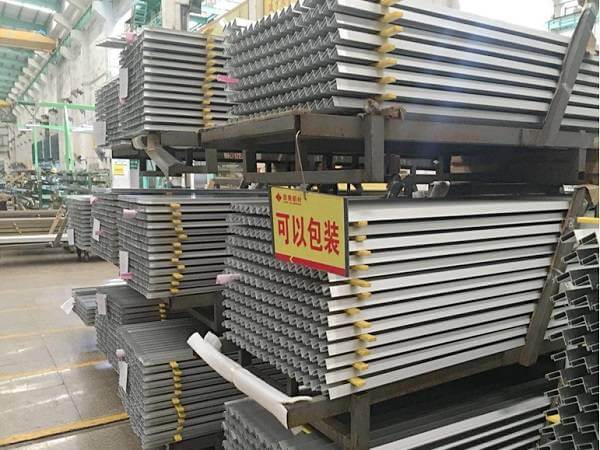

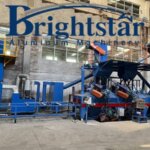
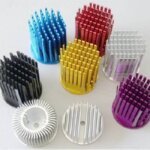

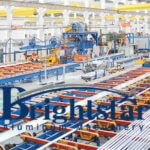
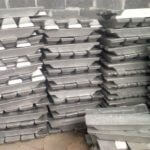



Awesome Blog for Methods and Precautions Provided in Aluminium Factory.